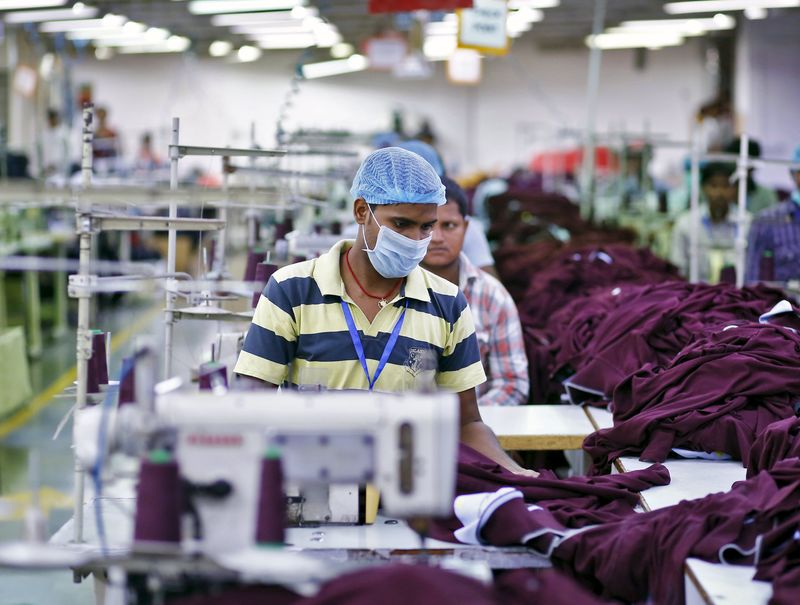By Ambar Warrick
Investing.com-- Indian wholesale inflation fell more than expected to a 19-month low in October, data showed on Monday, with a sharp decline in fuel price inflation contributing the most to the drop.
India’s wholesale price index (WPI), which measures price inflation faced by producers, rose 8.39% in October, data from the Office of the Economic Adviser showed.
The reading was below expectations for growth of 8.70%, and much lower than last month’s reading of 10.70%, marking the first time in 19 months that Indian WPI inflation read within single digits.
Fuel price inflation sank to 23.17% in October from 32.6% in the prior month, and was the biggest contributor to the overall decline in WPI inflation. The reading reflected better rates for Indian fuel importers, as global oil prices declined amid fears of slowing demand in China.
Food inflation also cooled to 8.33% in October from 11.03% in the prior month, as food shortages in the country improved.
Monday’s reading likely portends a similar drop in the Consumer Price Index (CPI), which is due later in the day. It also indicates that recent monetary tightening measures undertaken by the Reserve Bank are bearing fruit.
Indian inflation rose sharply this year, pressuring the economy as gains in the prices of oil, the country’s top export, fed into local price pressures.
This spurred a series of sharp interest rate hikes by the Reserve Bank, which further pressured the economy. The Reserve Bank slightly trimmed its economic growth forecast for the year, citing increased pressure from inflation.
But Monday’s reading indicates that the central bank may adopt a less hawkish stance in the near-term, given the bigger-than-expected decline in inflation.
This prospect dented the rupee, with the Indian currency tumbling 0.8% on Monday.
The rupee hit a series of record lows this year as rising U.S. interest rates and heightened oil prices weighed.
But India is still expected to rank among the best-performing economies this year, according to the International Monetary Fund. Private consumption, which is a key driver of the economy, has remained steady this year despite inflationary headwinds.
